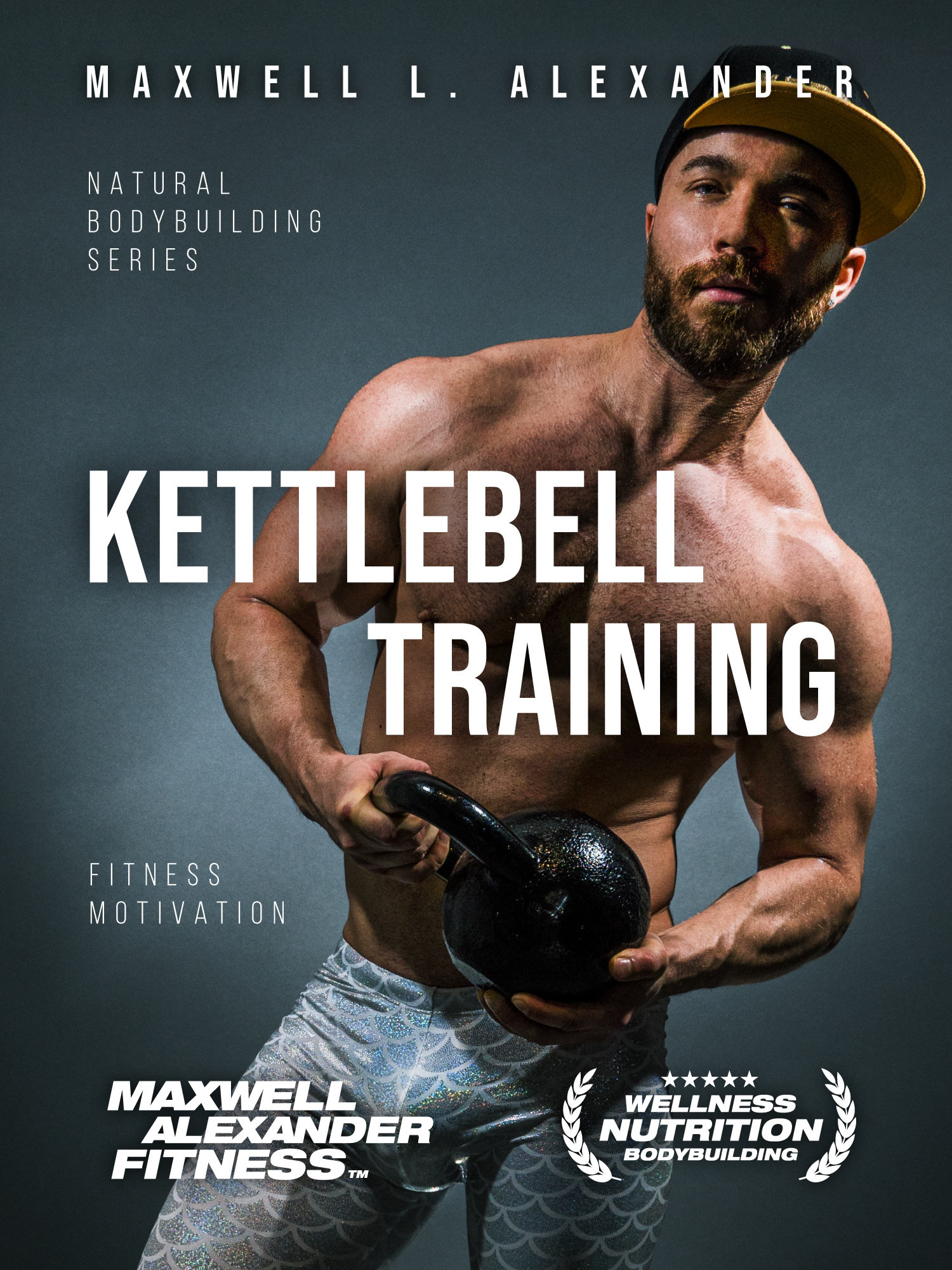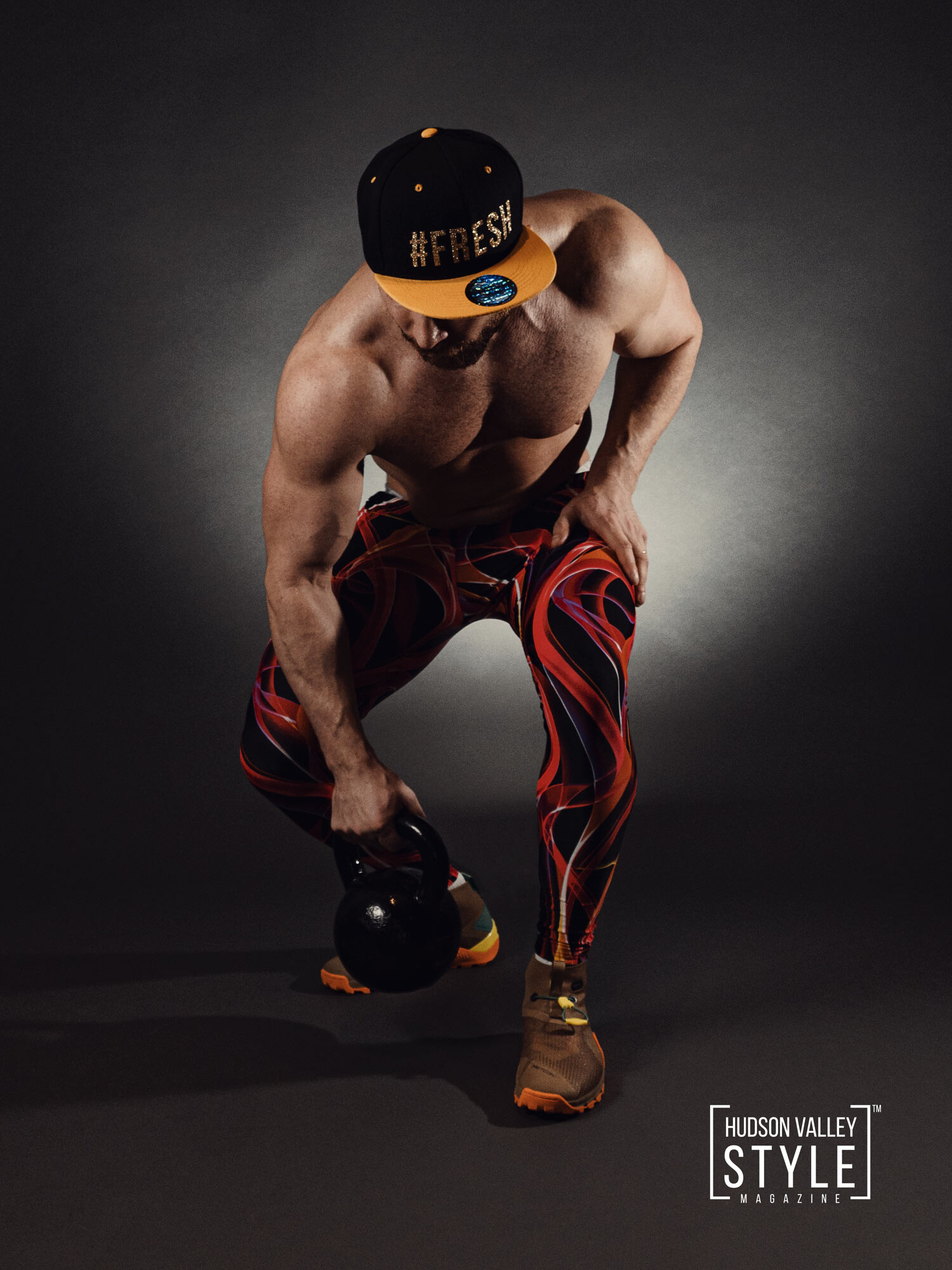Coach Maxwell Alexander’s Kettlebell Training is an eBook that goes into detail about how to properly use kettlebells as part of a fitness regimen. Coach Maxwell has used these tips with his own clients and athletes, and they have all seen great results in their ability to build strength and lose weight. Check out his eBook now to learn more about Coach Maxwell and the kettlebell training tips he uses to help people reach their goals!

1) Buy a quality set of Kettlebells
When picking out a set of Kettlebells, it’s important to look for quality. If you can swing, buy them in person and take them home. It is difficult to judge how heavy a bell really is over the internet. Besides, good brands like Dragon Door will allow you to return any purchase within 30 days as long as it’s unused and undamaged.
2) Get Strong with Kettlebell Swings
Kettlebell swings are a great exercise for getting in shape. They’re especially useful because they train many muscles, including your quads, glutes, and hamstrings. As an added bonus, they can improve your grip strength and get you ready to lift heavier weights. Coach Maxwell Alexander shares some of his favorite Kettlebell Swings Tips that he’s learned from years of working with clients who want to improve their physique and their overall health.
3) Know how to do Alternating Renegade Rows
Start by standing tall holding a light to moderate weight in each hand. Push your hips back, bend your knees slightly and lean forward at about 45 degrees to keep your balance. Lift one kettlebell up using an overhand grip (as you would if you were doing a bicep curl) and extend it straight out in front of you. Pull it back down to chest level before raising it back up and extending it out again.
4) Train your legs properly with Kettlebell Goblet Squats
Squats are arguably one of, if not the, most important exercise you can do. Whether you are a powerlifter or a BJJ competitor or even just an active member of society, you need to make sure that your legs are working properly. The stronger your legs get, the easier and more efficient everything else will become. With Kettlebell Goblet Squats, you can work towards squatting efficiently.
5) Learn How to Use the Kettlebell Military Press Properly
A lot of people can press a kettlebell, but not everyone knows how to do it properly. Most exercises that use weight as resistance need a proper form or else you’re putting your body at risk for injury. The military press is no different.
6) Maintain Your Core Strength with KB Front Squats
A Front Squat helps you strengthen your core, specifically your hips and glutes. To perform a Kettlebell Front Squat properly, simply hold a heavy kettlebell (I recommend between 24kg-32kg) by one end, then crouch down like you’re going to sit in a chair. Make sure to keep your back straight and chest tall—exhale as you descend—and stand back up again as quickly as possible.
7) Train your shoulders with KB Shoulder Presses
Do 12 reps at a weight that’s about half of what you can handle for a single overhead press. Rest for two minutes, then do another set of 12 with an even lighter weight. Continue like that until you’ve finished your first workout. The next day, do another workout with no rest between sets; try to push yourself to finish it in as few sets as possible (set rest times are included in parentheses below). When that becomes easy, increase your workload by five pounds and start over again.
8) Learn how to do Floor Swings by Mastering The Windmill Position
Kettlebells can add a lot of power to your bodyweight exercises, making them particularly useful when attempting to lose weight. In a traditional gym, however, it can be challenging to incorporate kettlebell exercises into your routine. Fortunately, you can use floor swings as an easy alternative to help give you more power and speed when trying to get in shape or build muscle at home. Read on for our quick guide on how to do floor swings by mastering The Windmill Position!
9) Work your Glutes like never before with KB Sumo Deadlifts
Deadlifts are a powerful tool for building strength, but just about anyone who lifts weights regularly knows that conventional deadlifts aren’t really a glute-specific exercise. With conventional deadlifts, your body is positioned in such a way that you actually wind up recruiting your posterior chain (hamstrings and back) more than your glutes. That’s not to say that deadlifts are bad for your glutes—they still have many benefits.
10) Get out of Stagnation – use the Swing-Squat Combo Move (S4)
If you’re looking to improve your swing, squat, or snatch, try alternating a set of swings with a set of squats. Doing so gives you time to rest before your next move and facilitates faster recovery between sets. The ensuing swing-squat combo move (S4) does just that: You’ll do five fast swings followed by five explosive squats for 30 seconds. Start with 70 percent of your one-rep max on each exercise and complete 10 reps per minute on both lifts.

Using kettlebells for bodybuilding
The number one mistake bodybuilders make when attempting to use kettlebells is that they overdo it. It’s tempting to go at it too fast, especially if you’re lifting heavy weights and using your muscles for a change. Don’t make that mistake! A 60lb kettlebell can give you a 200lb impact at the end of the swing. Kettlebells are notoriously unforgiving, and you risk hurting yourself if you don’t take them seriously enough. Remember to start slow and build up gradually! Train with kettlebells three times per week – not more, not less – so you can avoid getting injured. Over time, focus on increasing repetitions while maintaining intensity levels. Take regular breaks between sets (at least 90 seconds) to ensure optimal muscular performance and avoid strain or fatigue in other areas of your body. Also, keep in mind that endurance is key: as strange as it sounds, swinging a 40-pound kettlebell 20 times may be easier than doing ten reps with an eight-pounder. So master proper form first; once you have the good technique down pat, try different weight sizes until you find one where ten reps are relatively easy. Then work to achieve ten reps for an entire set.





